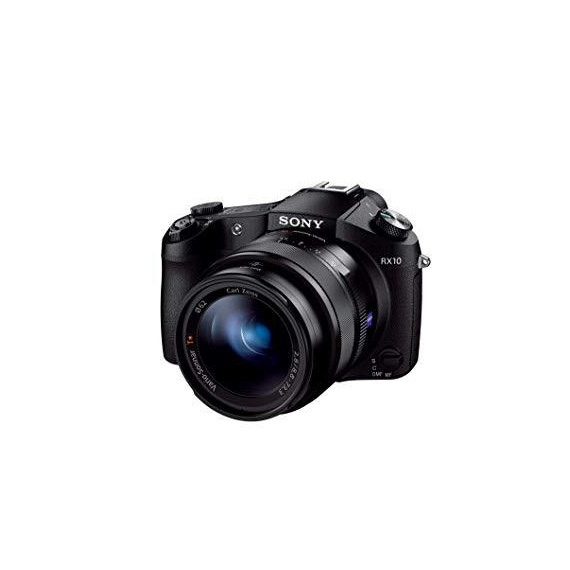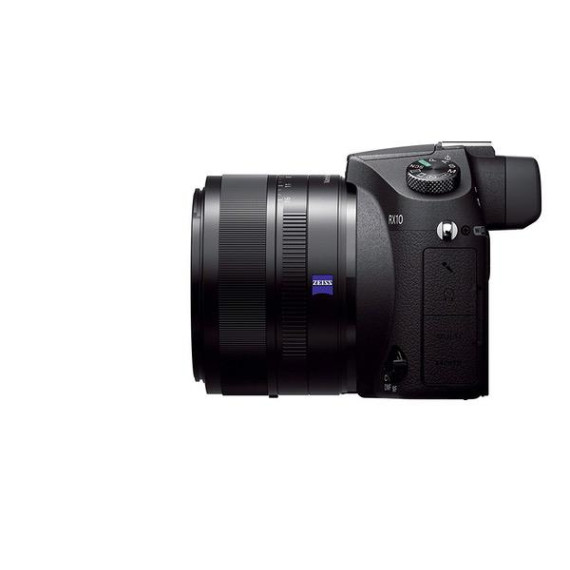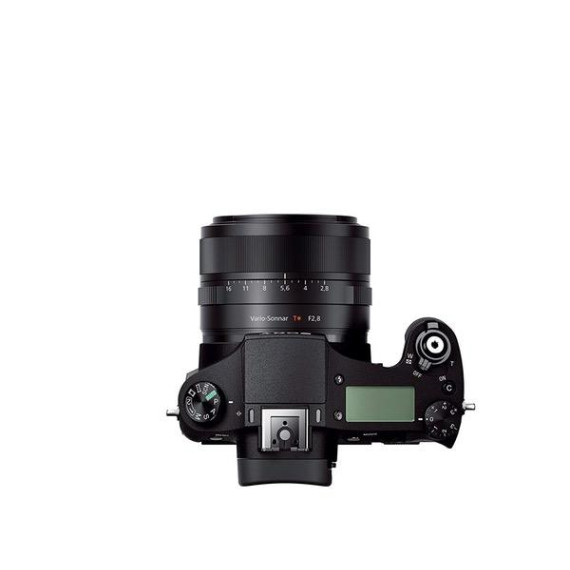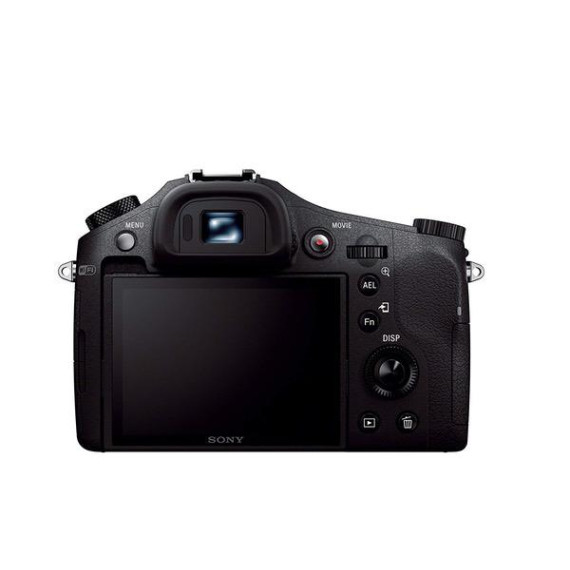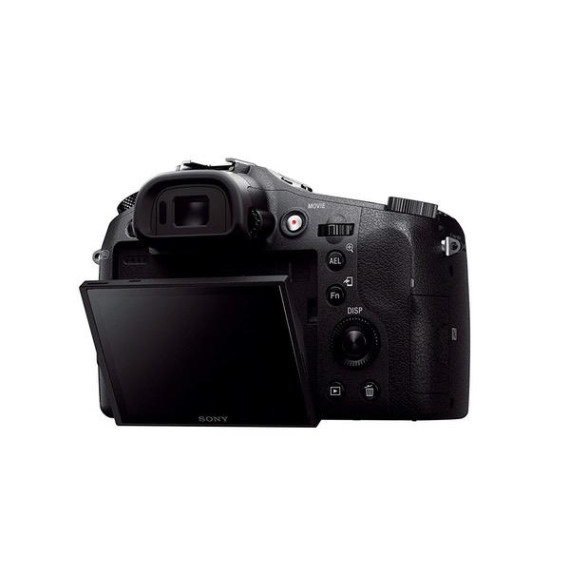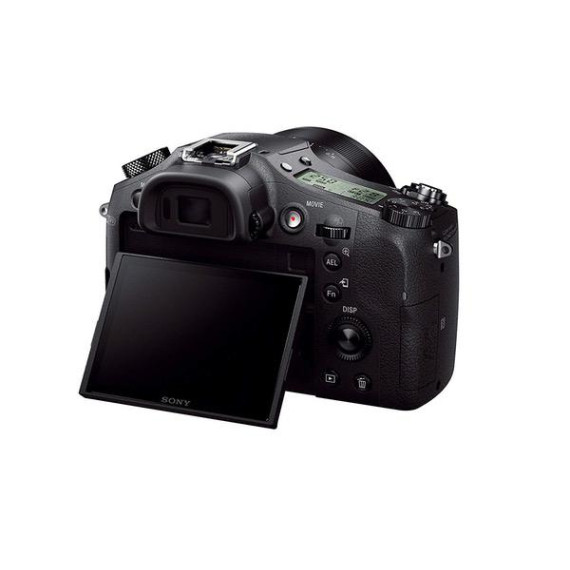Social science professor
UPDATE (July 2015) Im still very happy with my RX10, which Ive had over a year. I love how it feels, how it works, its tremendous versatility, and especially the amazing pictures you can take with it. Sony recently announced a new version of this camera, called the RX10 II, will go on sale soon. The new features include: better EVF with higher resolution, 4K video, new sensor technology, better slow-motion video, faster shutter & frame rate, plus a few others. The new version will cost $1300. You will still have the option of buying the original RX10, which currently costs about $900. I think this is a good option for people who dont need to shoot 4K video. The original RX10 has the same excellent 24-200mm f/2.8 Zeiss lens as the new model. The original model has the same body style, layout of controls, and excellent ergonomics as the new model. The original models EVF is very good, though not super high-res like the one on the new RX10. (Read more about the new RX10 version II at dpreview dot com, a site you should definitely visit to learn about cameras before buying one.) My original review follows: --- The RX10 is a nearly perfect camera for someone who wants a single, do-everything, go-almost-anywhere camera that takes excellent pictures and video in a wide variety of shooting conditions but doesnt want the expense or trouble of carrying an interchangeable lens camera body and two or more lenses. The RX10 is nearly as large and weighs about the same as a compact consumer DSLR with kit lens. If youre coming from a compact point-and-shoot, itll seem heavy around your neck after an hour; pick up a decent shoulder strap (like this one Fotasy NSQF Anti-Slip Sling Neck Strap with Rapid Fasten, Comfort, Ergonomic Design (Black) ) and youll be comfortable all day. I also own a Nikon D40X DSLR with two lenses (18-55mm and 55-200mm) and two "enthusiast compact" cameras with 1/1.7" sensors (Canon S90 and Nikon P7700). The DSLR takes better pictures, of course, but has two disadvantages: (1) carrying it around and traveling with it is more trouble, and (2) you have to swap lenses when you want to switch from a wide shot to a telephoto shot; this takes time and as a result Ive lost some good shots. The S90 and P7700 take much better pictures than mass-market consumer cameras with 1/2.3" sensors, and were often good enough for most of my needs. But I wanted something better. Before buying the RX10, I seriously considered a micro 4/3 system like the Olympus OMD-EM10, which is a bit easier to travel with than a DSLR, but theres still the trouble of swapping lenses. Also, I didnt think Id be happy with the kit lens and a cheap zoom; to realize the cameras potential, Id want to spend a lot more on lenses. I started researching lenses and loading some into my Amazon cart, and quickly approached $2000 for the body and 2 good lenses. If youre really serious about photography, I can see spending $2000 or more on gear. Im not quite that serious. But I am serious enough to spend around $1000 if its the right camera, and the RX10 is the right camera for me. I chose it over the new Panasonic FZ1000. The FZ1000 looks like a really great camera, and will be a better option for many of you. According to most professional reviews, image/video quality and performance are roughly equal or very similar between the two cameras. But as you probably know, the FZ1000 has a much longer zoom (16X instead of 8.3X on the RX10), a fully-articulating display (whereas the RX10s can only tilt up or down), and can shoot 4K video. For me, the FZ1000s 4K video capability is useless, while the RX10s video capabilities are truly outstanding. [UPDATE 10/27/2014: Sony released a firmware update that further improves the RX10s video quality.] The FZ1000 has a much longer zoom, which Id love to have on the RX10. But the extra reach is a novelty I wouldnt often use, as most of my shots are well within the RX10s 24-200mm range. I chose the RX10 because it has better build quality (its made of magnesium alloy whereas the FZ1000 is made of plastic), the great Zeiss glass, and because the RX10 strikes me as the zoom/bridge version of the RX100 series, which is universally lauded by professional reviewers. (I seriously considered an RX100, but just couldnt see myself being happy with such a short zoom range.) But the FZ1000 might be the better choice for you. In the first comment to this review, Ive added a couple links to professional reviewers that compare the two cameras. One common complaint Ive seen in reviews of the RX10 is that zooming from 24 to 200 or back is slow. In my opinion, its not so slow as to be even mildly annoying, and its certainly much quicker than changing lenses on my DSLR. Besides, the zoom motor is pushing some heavy glass; Id be surprised if the FZ1000, with similarly large glass and a huge range, zooms any faster. [UPDATE 10/27/2014: Professional reviewers say that the FZ1000s motorized zoom is also slow.] I have one serious gripe about the RX10, and you should know about it before spending your hard-earned $$$. Sony advertises the RX10 as "dust- and moisture-resistant." Based on this statement, some professional reviews suggest that its safe to use this camera in inclement weather, or even go so far as saying that the RX10 is "weather-sealed" (e.g. Cameralabs dot com, which is otherwise a great site for researching cameras). This claim is grossly misleading. The RX10s manual says: "WARNING: To reduce fire or shock hazard, do not expose the unit to rain or moisture." (p.3) "This camera is designed to be dust and moisture-resistant, but is not waterproof or splash-proof." (p.33) "Be careful not to let sand or dust get into the camera. This may cause the camera to malfunction, and in some cases this malfunction cannot be repaired." (pp.33-34) So, how is this camera "dust- and moisture-resistant"? I asked a Sony customer service rep via Sonys online chat. The rep didnt know (much of anything) so she looked it up or asked someone, and reported to me that this camera is dust- and moisture-resistant because it is constructed from magnesium alloy. Really?? I think it would be wise to assume that the RX10 has no special weather sealing and shouldnt be used in weather conditions where youd be uncomfortable using a camera that was not advertised as moisture- or dust-resistant. This is disappointing, especially since I learned about it after I shelled out $998 to buy the camera. But I dont regret my purchase at all, and I continue to recommend the RX10 quite highly. But I wanted you to know about this before spending your hard-earned money so you could have realistic expectations. And of course, Sony isnt the first company to misrepresent or overstate the benefits of the products it sells. And it wont be the last. If you end up buying this camera (or the Panasonic FZ1000), you should consider some accessories. Here are some I own and recommend: * protect your premium Zeiss glass with a filter, heres a great one: B+W 62mm Clear UV Haze with Multi-Resistant Coating (010M) * protect the display from scratches Expert Shield - THE Screen Protector for: Sony DSC RX10 *Lifetime Guarantee* * compact camera bag has built-in rain shield and room for accessories Lowepro Toploader Zoom 45 AW (Sea Blue) * save your neck, get a more comfortable shoulder strap Fotasy NSQF Anti-Slip Sling Neck Strap with Rapid Fasten, Comfort, Ergonomic Design (Black)



